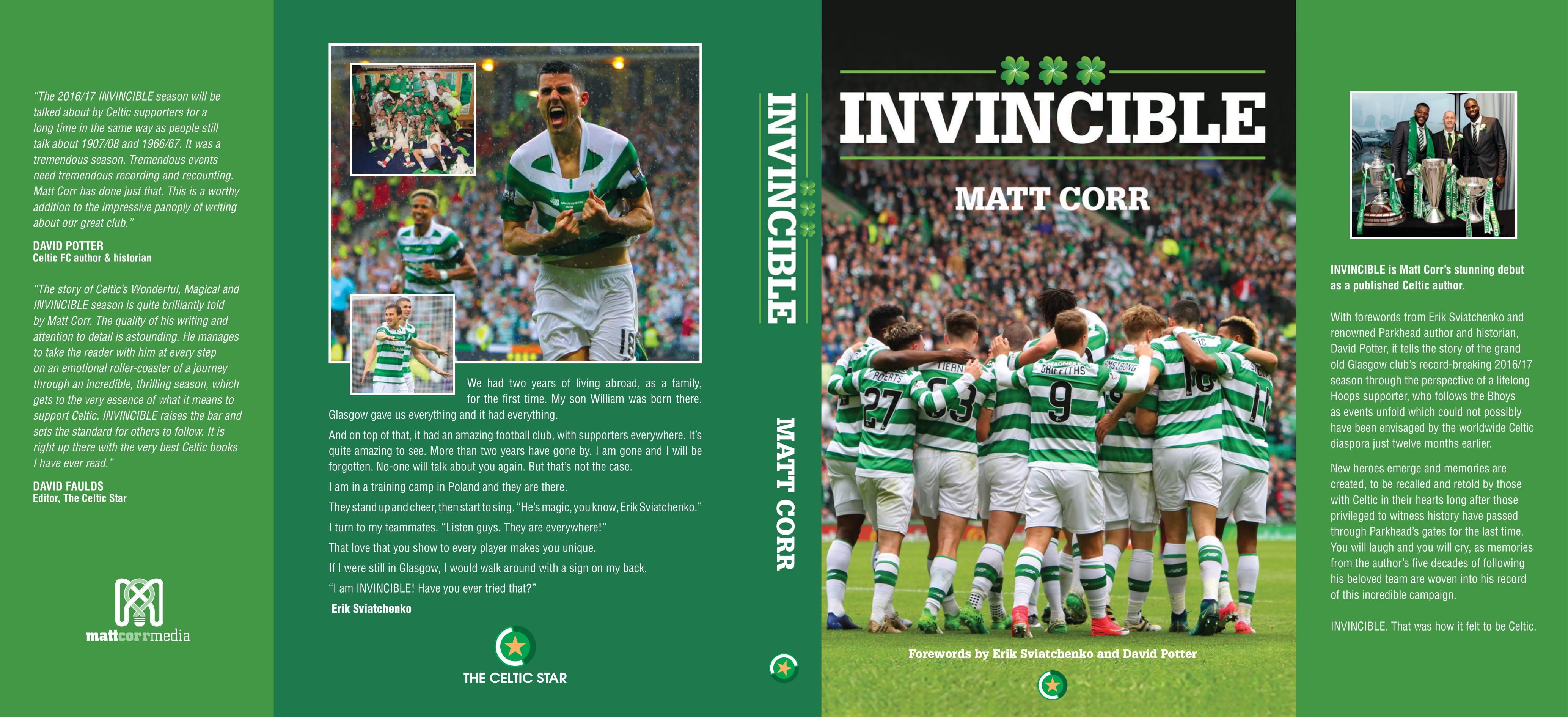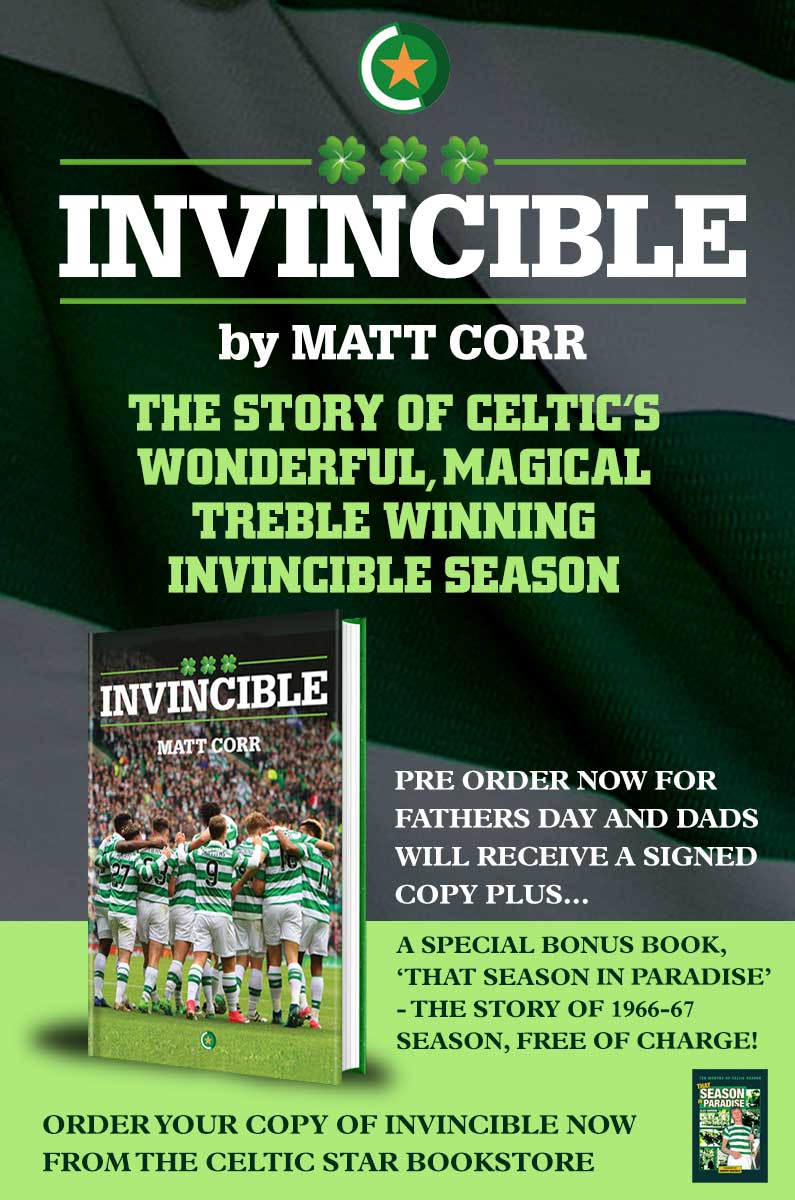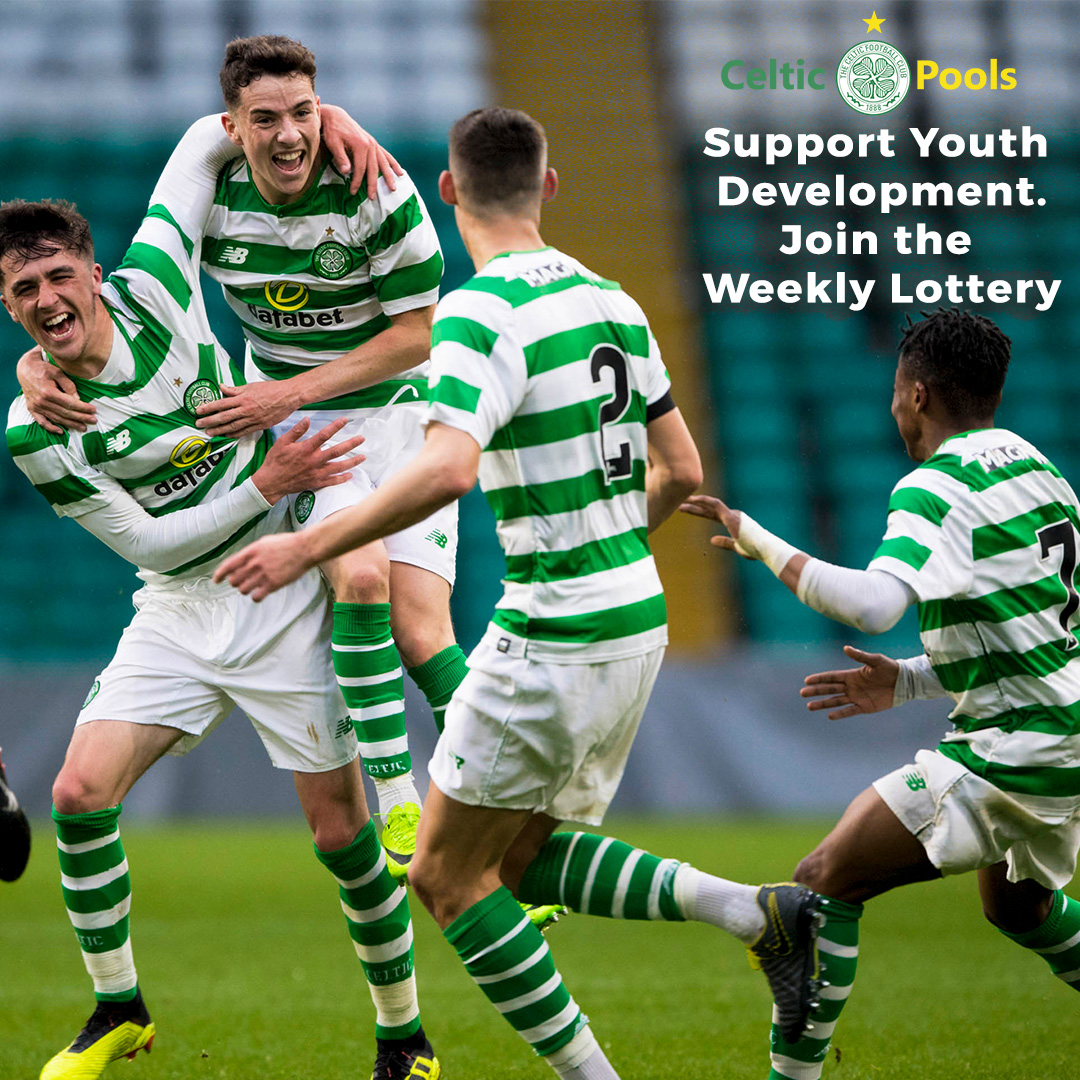Cesar and Celtic: Part 4 – Three new stars, numbers are born as a legend moves on…
Hard to believe it’s already 12 months since we said our final goodbyes to the man who pretty much epitomised Celtic for many of us supporters who grew up in the mid to late-1960s. In this short tribute series, we look back at the early career of the incomparable Billy McNeill.

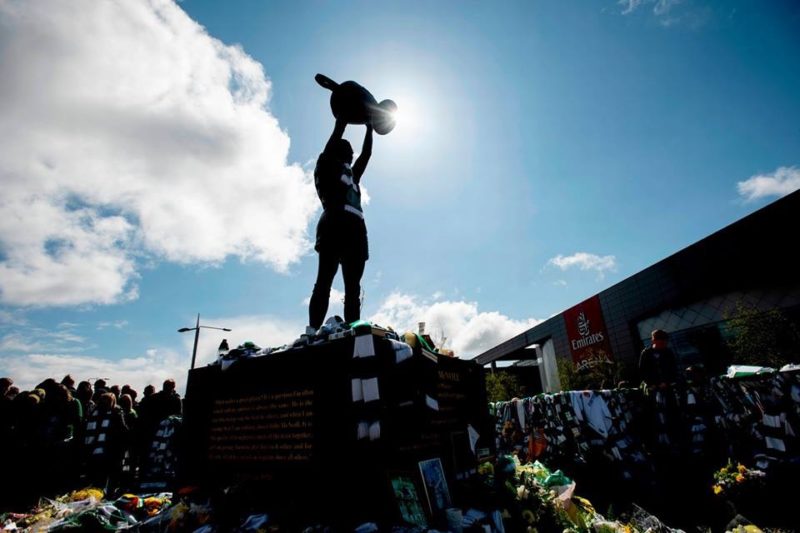
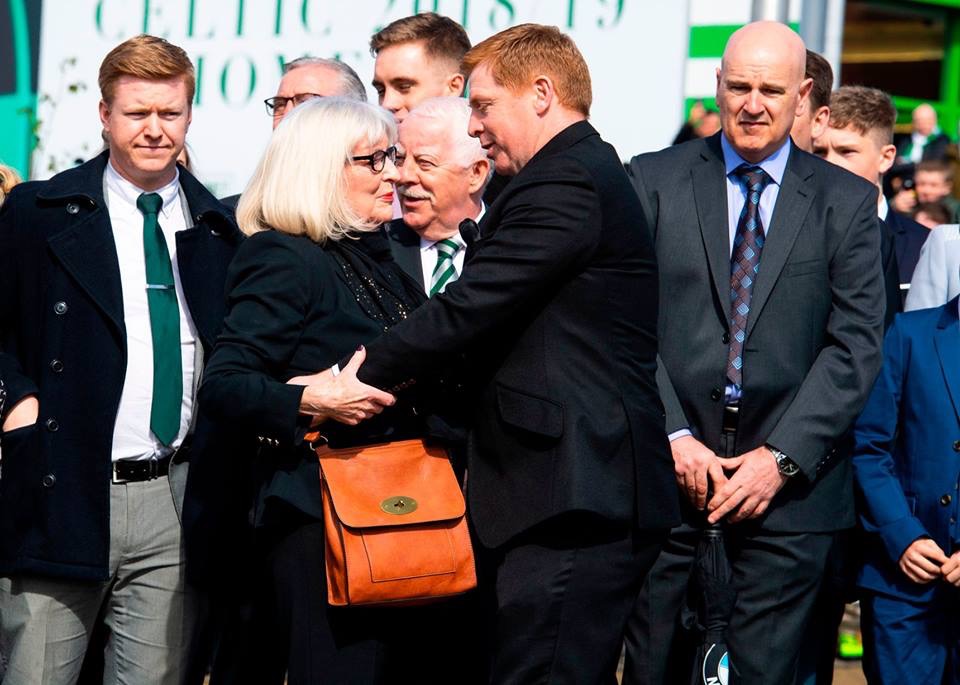


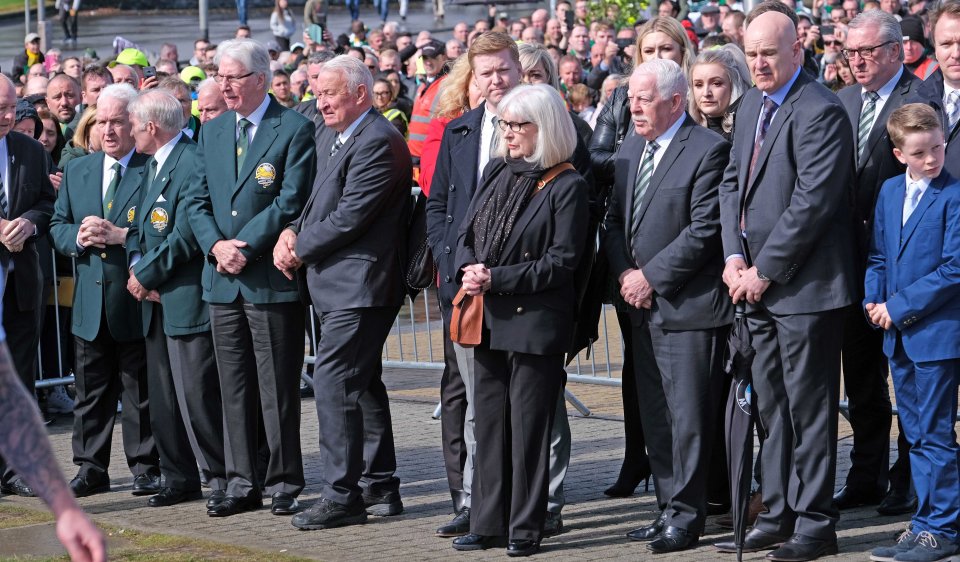



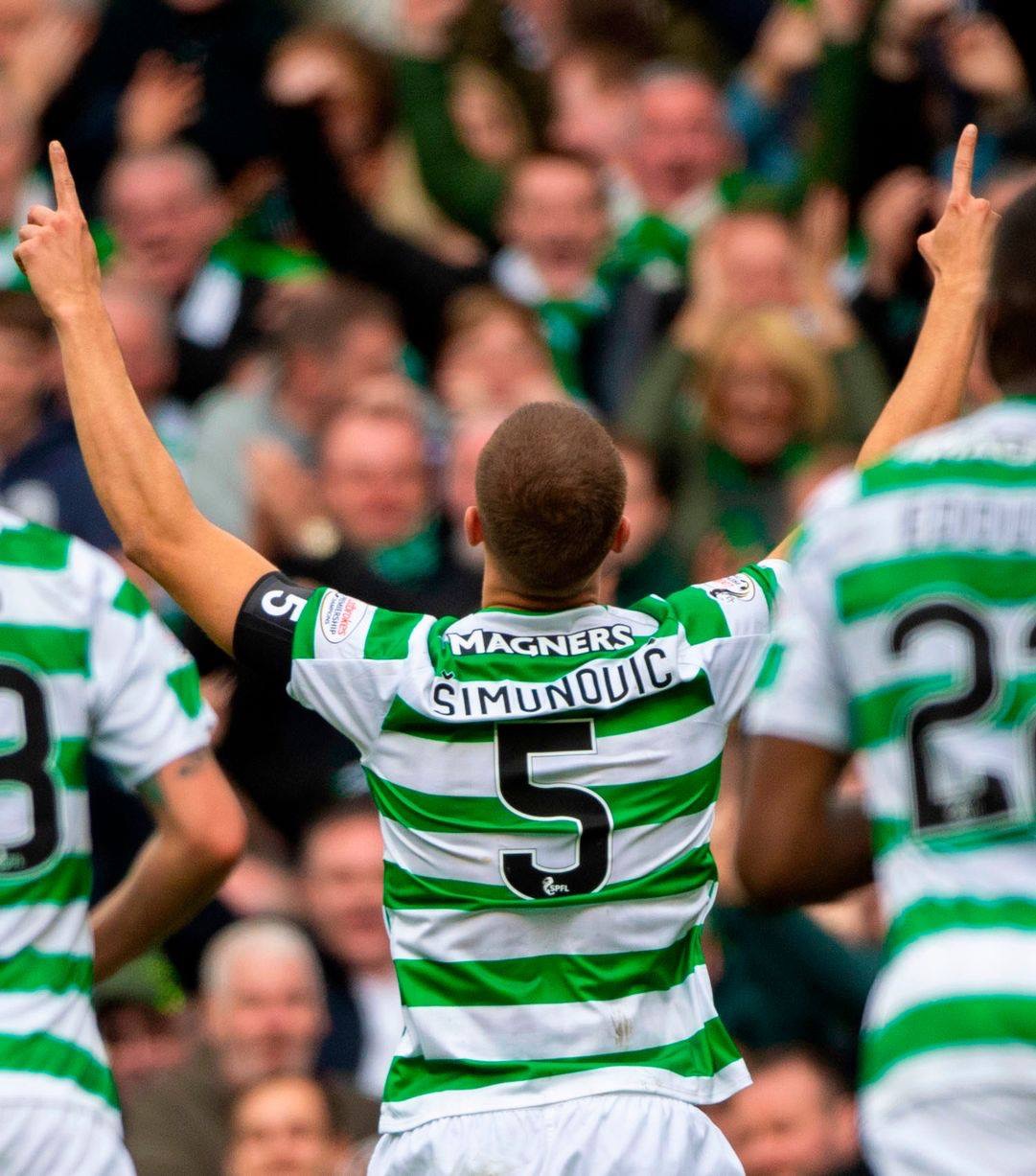

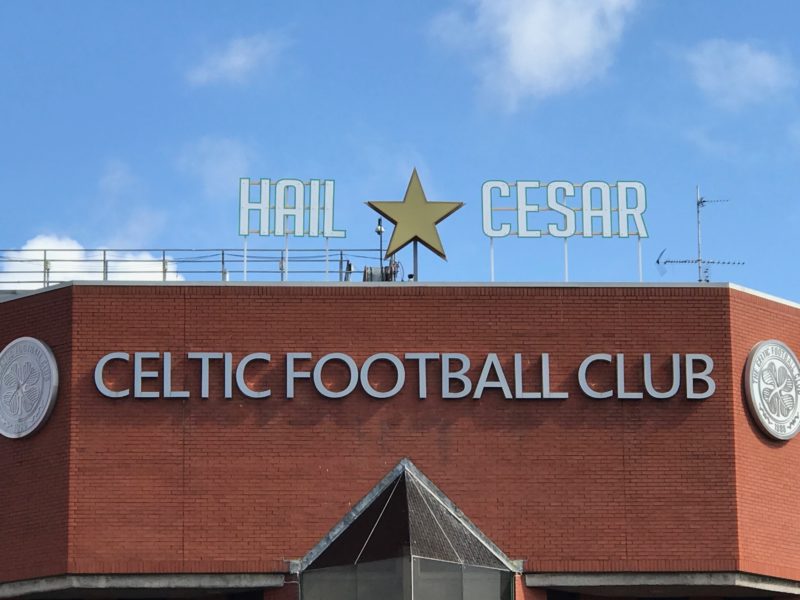
Part 3 of the article saw Celts struggling in the League as the 60’s commenced but progressing to the semi-final of the Scottish Cup, where they were paired with Rangers, as reserve coach Jock Stein took up his first manager’s post at Dunfermline. We pick up the story from there.
Just as they did on Christmas Day 1937 with Jimmy McGrory, the football gods had conspired to pitch Jock Stein up against his former club Celtic in his very first match in charge at his new club. The Celts travelled to East End Park to take on Dunfermline on Saturday, 19 March 1960, both Billy McNeill and Neil Mochan declared fit to return, having missed the 1-1 midweek draw at Ayr United. Billy would again start at right-half, with fellow youngster Paddy Crerand dropping out, Bobby Evans and Bertie Peacock making up the half-back line.
Jock could not have dreamed of such a start, Pars all-time record goalscorer Charlie Dickson putting the hosts ahead within 15 seconds, Evans badly at fault as he beat Frank Haffey low in the corner. Jim Conway equalised for McGrory’s Celts after 20 minutes, the teams going in level at the interval. Two goals in two minutes early in the second half from former Rangers winger Harry Melrose would then seal the points for Dunfermline, Alec Byrne’s counter on the hour insufficient to prevent the Bhoys from sliding to a 3-2 defeat.
Dickson and Melrose would feature again in Celtic’s Scottish Cup journey through the 1960s, as indeed would the Pars goalkeeper Eddie Connachan. In the meantime, however, it was a glorious start to a new career for Jock Stein, charged with keeping the struggling Fife club in the top-flight.
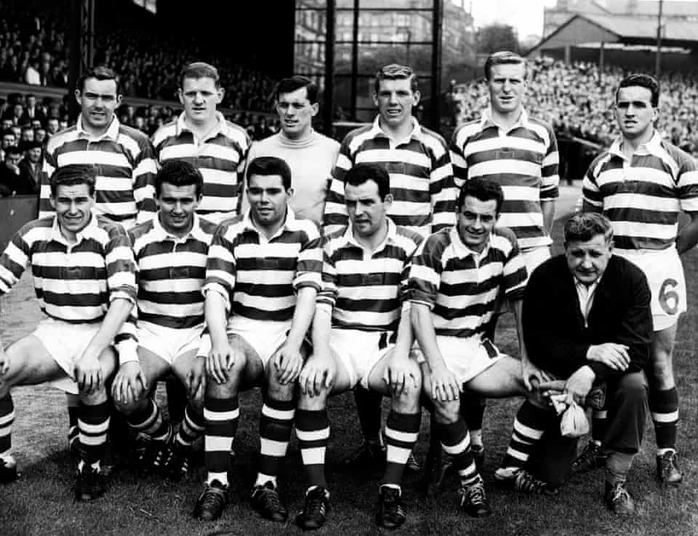
On the same day, Celtic signed a 24-year-old goalkeeper from Blantyre Celtic, Frank Connor. He would also spend some time in the Parkhead hot-seat, albeit briefly, in the early 1990’s.
Two nights later, Celts were on their travels again, albeit this time much closer to home for Billy, Fir Park, Motherwell the venue for a re-arranged League game. With Evans on duty for the Scottish League against their English equivalents at Highbury, McNeill shifted across to centre-half with Crerand reinstated at number four. Two Mochan strikes either side of half-time gave Celtic a narrow 2-1 victory, McPhee having earlier equalised for the hosts.
Bobby Evans was back in his normal spot for the visit of Stirling Albion that weekend, Billy reverting to half-back with Crerand once more the player missing out. Celts again toiled against a club in the basement of the old First Division, a disappointing game punctuated for the 12,000 crowd with two goals in the final 12 minutes, Neil Mochan making up for a missed first-half penalty by pulling the Hoops level, after Glancey had put the visitors in front.
Albion featured Jimmy Bonthrone at inside-right at Celtic Park. He had been a League Cup winner with his local club, East Fife, back in 1953, the Methil side edging a five-goal Hampden thriller with Partick Thistle. He would later manage the Bayview team before joining Aberdeen as assistant manager to Eddie Turnbull in 1969. The following year, he would be at Turnbull’s side as the Granite City club beat Celtic 3-1 to lift the Scottish Cup on a controversial May day at Hampden.
Twelve months on, he stepped into the manager’s chair at Aberdeen, as Turnbull returned to his beloved Hibernian. Bonthrone’s first task as Dons boss was to win the pre-season Drybrough Cup, a tournament for the League’s highest-scoring teams, which he did in August 1971, a John Hughes header not enough to prevent Celtic losing the Pittodrie final 2-1, at the end of a week which had seen young Kenny Dalglish make a sensational introduction to the footballing world, with seven goals in two games against Dumbarton and St Johnstone.
Back in March 1960, the last game of the month saw Third Lanark visit Celtic Park on League business, the Cathkin side on the receiving end of a 4-0 hiding. Bobby Evans was given a rare rest, allowing Billy McNeill to slide back in at centre-half for the Monday evening fixture, and there was a return for Stevie Chalmers at inside-left, replacing the injured John Divers. The prolific Chalmers would again be the star of the show, scoring his third double for the club in just his 13th appearance in the Hoops. An early strike from John Colrain and a late Mochan penalty completed the rout.
Two days later, Celtic signed former Thirds wing-half, Johnny Kelly, from Crewe Alexandra. I would meet Garngad Bhoy Johnny many years later in the Celtic supporters’ social club in Springburn, where he mentioned that he had once played for the club. It would take the introduction of the internet before I could check into his claims and discover a bit more about his Parkhead career, confirming that he had indeed lived his dream, with three appearances.
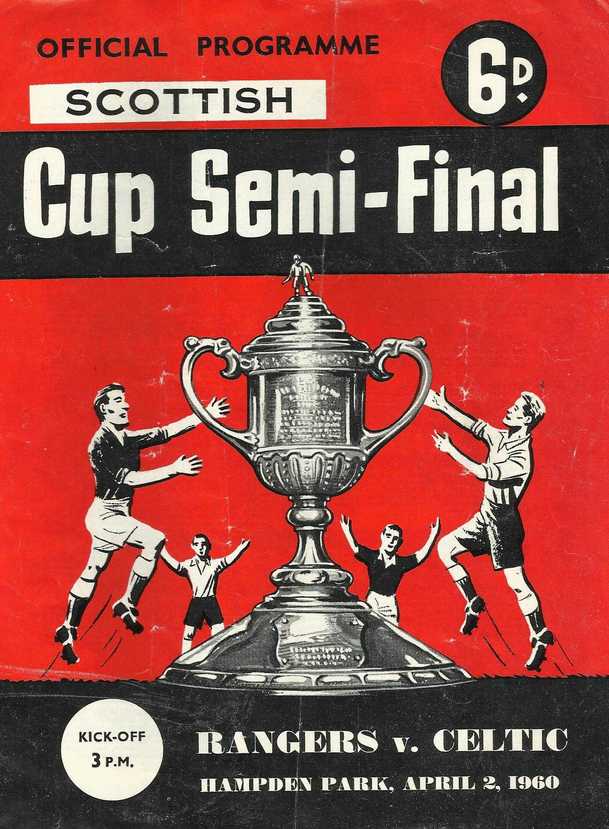
Both McNeill and Chalmers retained their places in the team for the next match, a Hampden Scottish Cup semi-final against Rangers. It would be the biggest game of their fledgling senior careers, with 80,000 packing into the Mount Florida arena on Saturday, 2 April 1960. Their opponents had recently qualified for the semi-final of the European Cup, the final due to be held in that same Glasgow venue the next month, providing a huge incentive for the Scots.
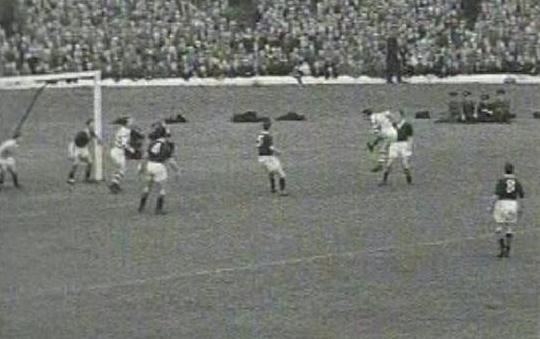
Rangers would fail in that attempt, and how, Eintracht Frankfurt hitting them for six in both legs, the 6-1 6-3 scorelines more akin to Wimbledon than Hampden.
The Germans themselves then shipped a less-than-magnificent seven to holders Real Madrid in the final, the goals shared between Ferenc Puskas and Alfredo Di Stefano, as the legendary Spaniards remained the only team to date to lift the prestigious trophy, with a fifth successive European triumph.
Like Celtic, the Ibrox side were struggling for form going into the domestic last-four clash. They had required a play-off to beat Dutch champions Sparta Rotterdam 3-2 at Highbury in midweek, thanks to two own goals, having lost the second leg at Ibrox despite winning in the Netherlands. Following up that Ibrox defeat with a 1-1 home draw with relegation favourites Arbroath, Rangers were also trailing Hearts and Kilmarnock in the flag race and, having been eliminated from the League Cup at the group stage by Motherwell the previous summer, the Scottish Cup thus provided their last hope of silverware for the 1959/60 season. Like Celtic.
It was Steve Chalmers who once again scored for Celts, his bullet header from John Colrain’s 25th-minute corner beating George Niven all ends up to nestle in the top corner. With 20 minutes remaining, Jimmy Millar scored from a similar position to leave the sides needing a replay in midweek to decide who would face Willie Waddell’s Kilmarnock in the final. Millar would prove the matchwinner four days later, as another 71,000 rolled up to Mount Florida. He gave Bobby Evans a torrid time, scoring a second-half double as the Ibrox side recorded a 4-1 victory. Davie Wilson also grabbed two, either side of the break, Neil Mochan’s equaliser the only bright spot in a night as miserable as the wet weather which accompanied the finish.
Their season effectively over, Celtic nonetheless still had a number of games to complete. Frank Haffey had sustained an injury during Scotland’s 1-1 draw with England at Hampden three days after the Bhoys’ defeat at the same venue in the Scottish Cup replay. He would miss the visit of Partick Thistle, the following Tuesday, John Fallon back between the sticks, whilst the two other Celts involved in that international, Bobby Evans and Dunky MacKay, both lined up. They probably wished they hadn’t bothered, as the so-called Maryhill Magyars for once lived up to that star billing by taking a 4-0 lead in front of just 5,000 disillusioned Hoops fans.
Stevie Chalmers added a sliver of respectability by netting another double in the closing stages, allowing the records to reflect a 4-2 victory for Thistle. Grim times indeed.
The weekend trip to Dens Park, Dundee saw the deterioration in performance and results continue, a Dark Blues side building up to what would be a Championship-winning season two years later by comfortably disposing of Celtic by two goals to nil, strikes from Alan Gilzean and Hugh Robertson finishing the contest before the interval.
The Hoops season of woe was best reflected by the sight of fit-again keeper Frank Haffey being stretchered off, following a collision with his own teammate, Dunky MacKay. Bobby Evans pulled on the unfortunate Haffey’s jersey for the remainder of the match as the 10-man Celts lost again, on the day that Hearts secured the 1959/60 League Championship flag with a point against St Mirren.
Billy McNeill was replaced by Paddy Crerand as the Bhoys made the short journey to Airdrie for an Easter Monday clash at Broomfield. For once, the Celts showed some real fighting spirit, rising from the jaws of defeat to snatch a win thanks to a first Hoops hat-trick from that man, Stevie Chalmers. Despite taking the lead through a Welsh own goal, Celtic trailed 2-1 going into the final quarter of the match. Neil Mochan drew the visitors level from Crerand’s pass, before Chalmers hit three goals in 11 minutes to seal an impressive if unexpected 5-2 victory.
The final Saturday of the League season took place on the last day of April 1960, St Mirren the visitors to a sparsely-populated Celtic Park, only 10,00 diehards bothering to pay their way in. McNeill back in for Crerand was the only change made by Parkhead boss, Jimmy McGrory. Having scored three times late on to salvage the points in their previous outing, Celtic’s real issue of inconsistency was once again highlighted as they contrived to lose a three-goal lead with just 12 minutes remaining. An early Neil Mochan finish was complemented by two more goals for the impressive Chalmers before the break, taking his total to 15 goals in 19 games. Gemmell pulled one back for Saints on 78 minutes, and within a further five they were level, strikes from Baker and Miller bringing the curtain down on a truly disappointing campaign.
There would be a few noteworthy items to take place before the Celts headed across the Irish Sea for a series of end-of-season friendlies.

On Monday, 6 May 1960, Celtic announced that skipper Bobby Evans would be leaving the club after 16 years of superb service. This would open the door for a sustained run in the team for Billy McNeill, although Cesar himself, I’m fairly certain, would have been surprised to know that ten years to the day, he would be leading Celtic out for a second European Cup Final.
The following evening – yes, you’ve guessed it – Celtic came back from 0-3 down to draw a Glasgow Charity Cup quarter-final with Clyde at Parkhead, goals from the returning Bertie Auld, Neil Mochan and Bertie Peacock in the last half-hour, followed by a correct coin-toss, setting up another semi-final meeting with Rangers.
That would take place at Ibrox, two nights later, in front of just 12,000 spectators, Ralph Brand giving the hosts the lead just after the hour. Celtic’s late equaliser would announce the arrival of a real hope for the future, Paddy Crerand waltzing past a posse of Rangers defenders before beating Niven with a fierce shot. For the second time in three days, Celtic captain Bertie Peacock had to choose ‘heads or tails’ to settle the Hoops progression in the tournament. This time, sadly, it would be Bertie’s opposite number, Eric Caldow, on whom Lady Luck would smile, and the Celts were out.
It would not be all doom and gloom down Parkhead way, however, as reported by Peter Hendry in the Evening Times of Tuesday, 10 May 1960.
“The Celtic supporters left Ibrox convinced of three things:
1. That Rangers had used a double-headed penny to beat the Bhoys.
2. Right-half Pat Crerand is an international of the future.
3. Billy McNeill is already established as their centre-half, even before Bobby Evans is transferred.”
At least two of those statements would prove prophetic.

The following day, Celtic wing-half Eric Smith left Parkhead to join Don Revie’s English Second Division outfit Leeds United, after six seasons at the club. He had joined after the double-winning 1953/54 campaign and had missed out on the two League Cup successes of 1956 and 1957, moving on with no medals to show for over 100 appearances in the famous Hoops.
There would be one more match to endure or enjoy for those who remained behind.
Rising stars, Chalmers, Crerand and McNeill were all in the Celtic line-up for their final match on home soil for 1959/60. The occasion was a friendly match against Dutch champions, Sparta Rotterdam, who had been beaten by Rangers in the quarter-final of the European Cup two months earlier. The game would be the highlight of Dutch Week in Glasgow, a different kind of tricolour having flown throughout the city during the week, the red-white-and-blue of the Netherlands. Following a pre-match display by a police motor-cycling unit from Holland, the emergence of the teams drew a sharp intake of breath from the near-30,000 spectators, as they caught a first view of something which would become synonymous with the club for decades to come, and is much mourned to this day, numbered shorts.
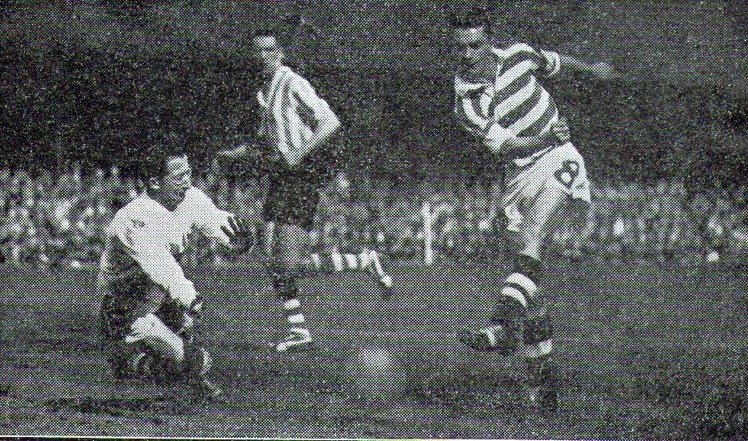
This was the first-ever Celtic team to wear numbered kit, for the match against Sparta Rotterdam on Saturday, 14 May 1960.
Frank Haffey: Dunky MacKay & Jim Kennedy: Pat Crerand, Billy McNeill & Bertie Peacock: Bobby Carroll, Stevie Chalmers, Neil Mochan, John Divers & Bertie Auld.

It would be a winning introduction for the new numerate Celts, an own goal from Scilders sandwiched between efforts from John Divers, Neil Mochan, Bertie Auld and the man-of-the moment, Steve Chalmers, who brought the curtain down on the season with the goal of the night, four minutes from time.
The first green shoots of promise, which would eventually conquer Europe, were finally coming through.
Thanks, as always, to the folk behind the Celtic Wiki, a wonderful source of information.
Hail Cesar,
Matt Corr
Follow Matt on Twitter @Boola_vogue
https://t.co/b4SZFsQ3Eu Happy to have contributed to @Boola_vogue book. To be part of an INVINCIBLE Treble winning team and club is for me fantastic🍀 Go and get your copy now 💚 Btw was kindly ask to make the foreword for the book which is a great pleasure too 👌🏻 @celticstarpod pic.twitter.com/jCDucKPBNU
— Erik Sviatchenko (@eriksviat) April 27, 2020
Matt Corr’s wonderfully crafted debut book is available to pre-order right now. Anyone scratching their head when it comes to a gift for any Celtic daft friend or family member should think no more.
Invincible is the ideal present for any Celtic supporter as it documents a season in Celtic’s history that has never been achieved before and will be unlikely to ever be repeated.
Let Matt Corr help you retrace your steps through a wonderful Celtic journey. It’s a book you’ll read and return to time and time again. It’s also one you’ll share with future generations of Celtic supporters like your Fathers and Grandfathers did for you. Those books are always the best. Invincible won’t disappoint I can promise you that.
Niall J
Support Celtic Youth Development
Help raise money for Celtic Youth Development by joining the £1 weekly lottery and you could win up to £25,000 – just click the photograph below to join. Lots of our readers have already done so and they’re now doing their bit to help fund Celtic Youth Development that can deliver the stars of tomorrow and beyond. And you might even win a few bob too! And a special thank you to all The Celtic Star readers who have already signed up and are now supporting youth development to give us the Celtic Stars of the future…
